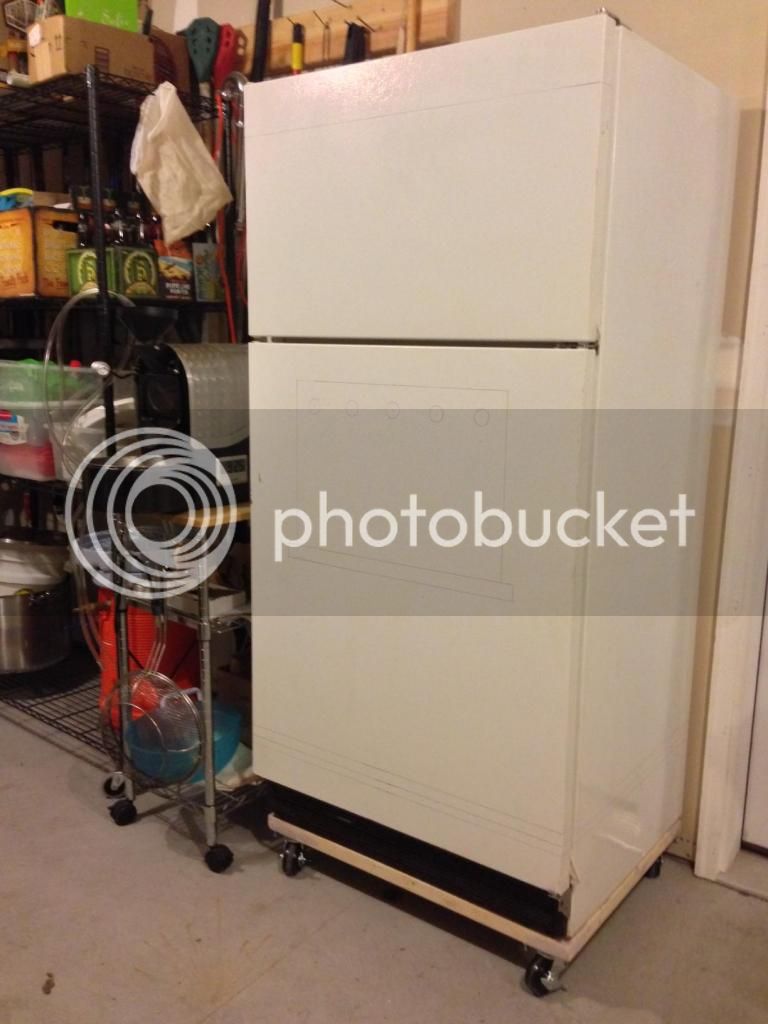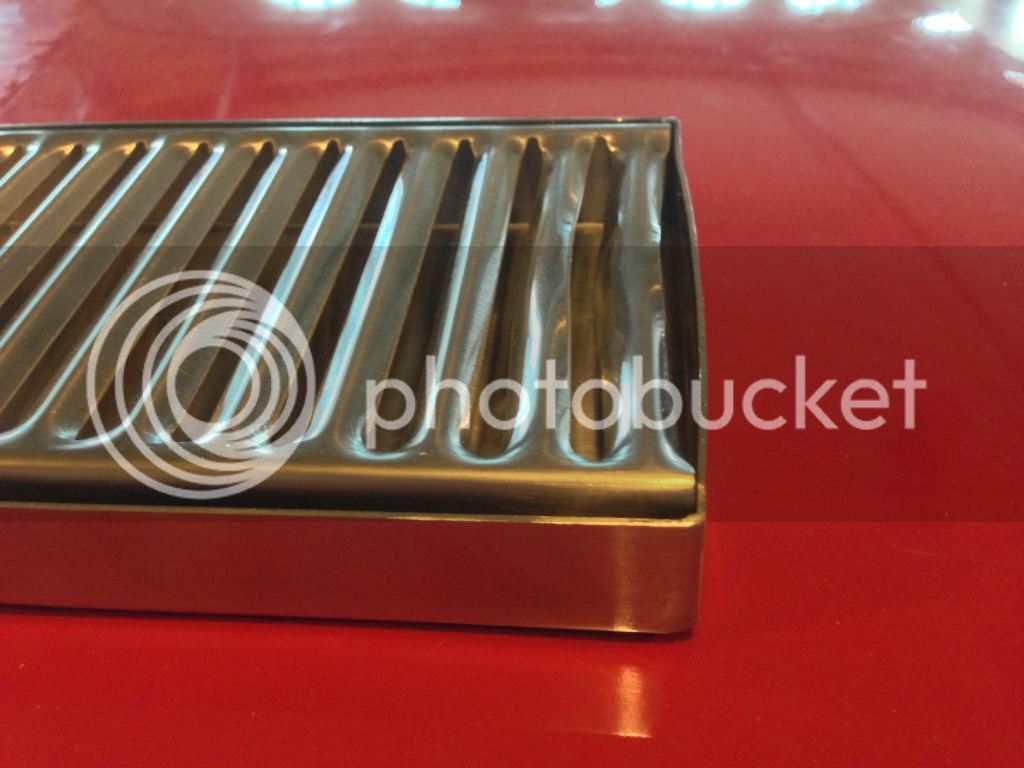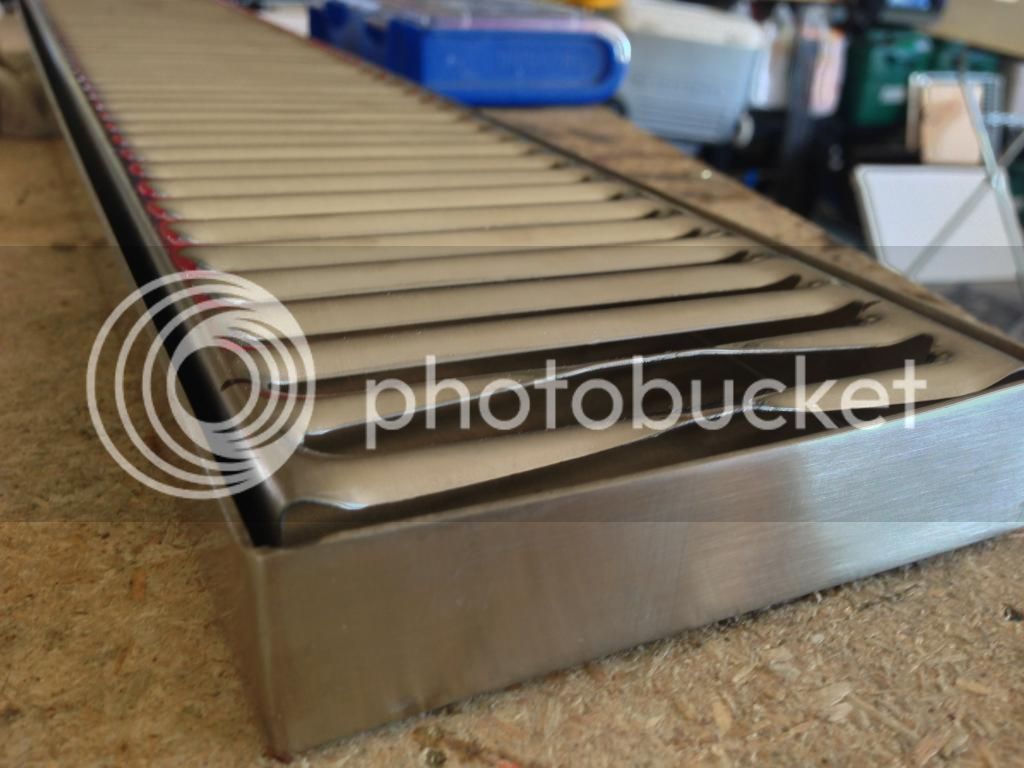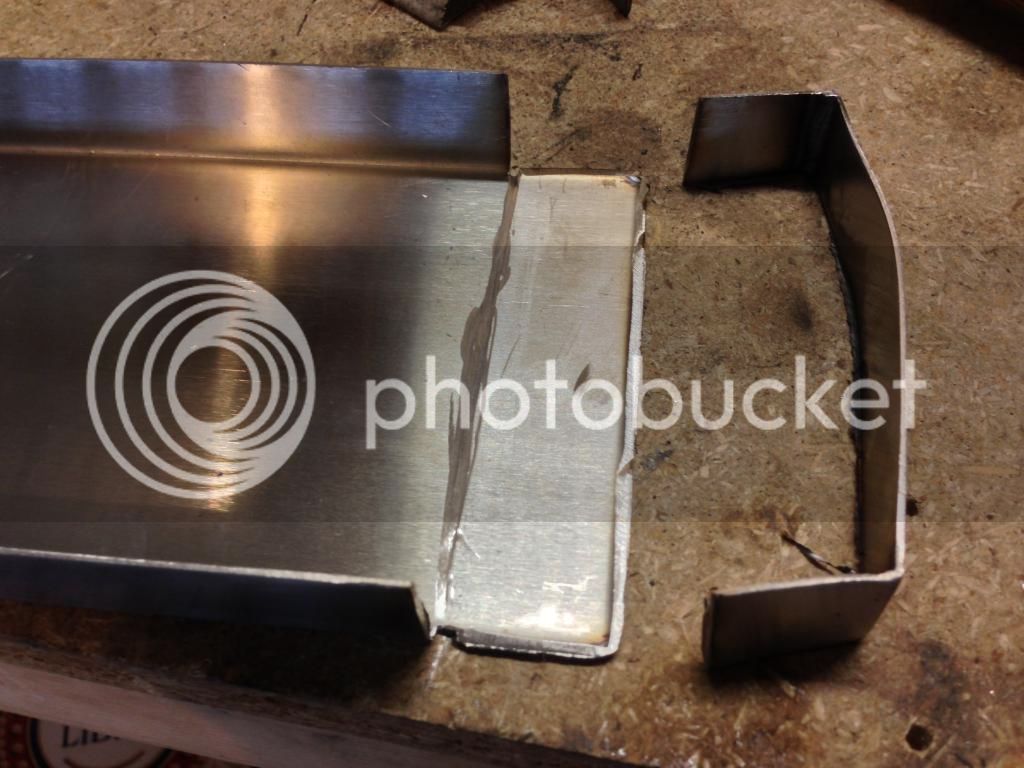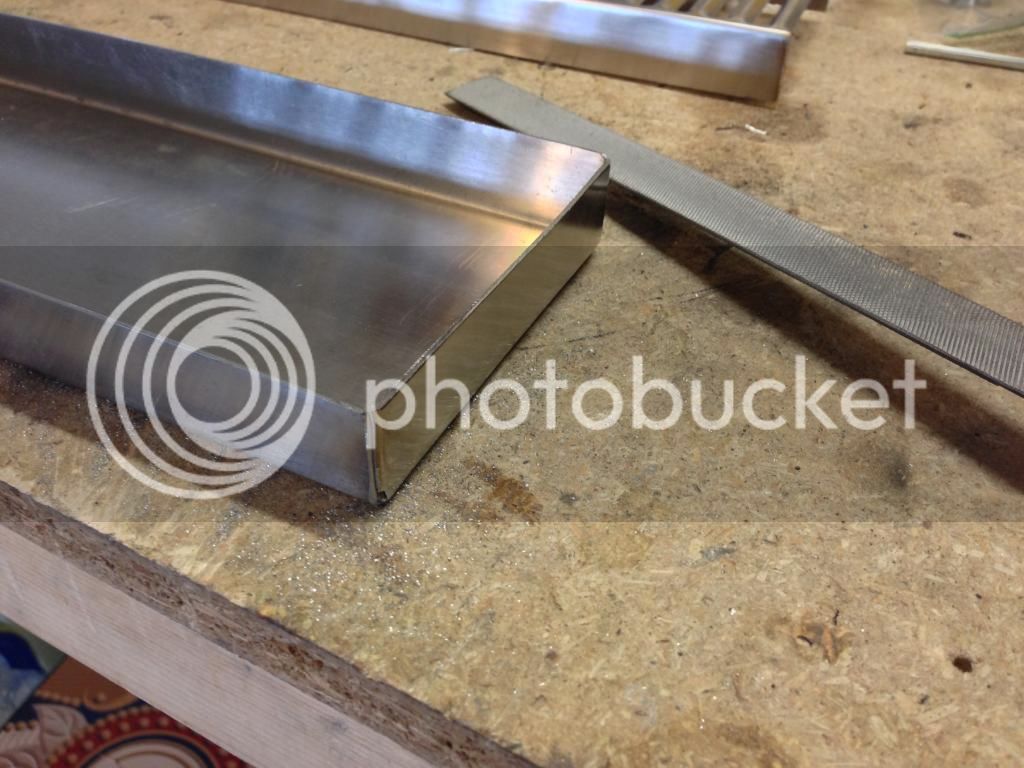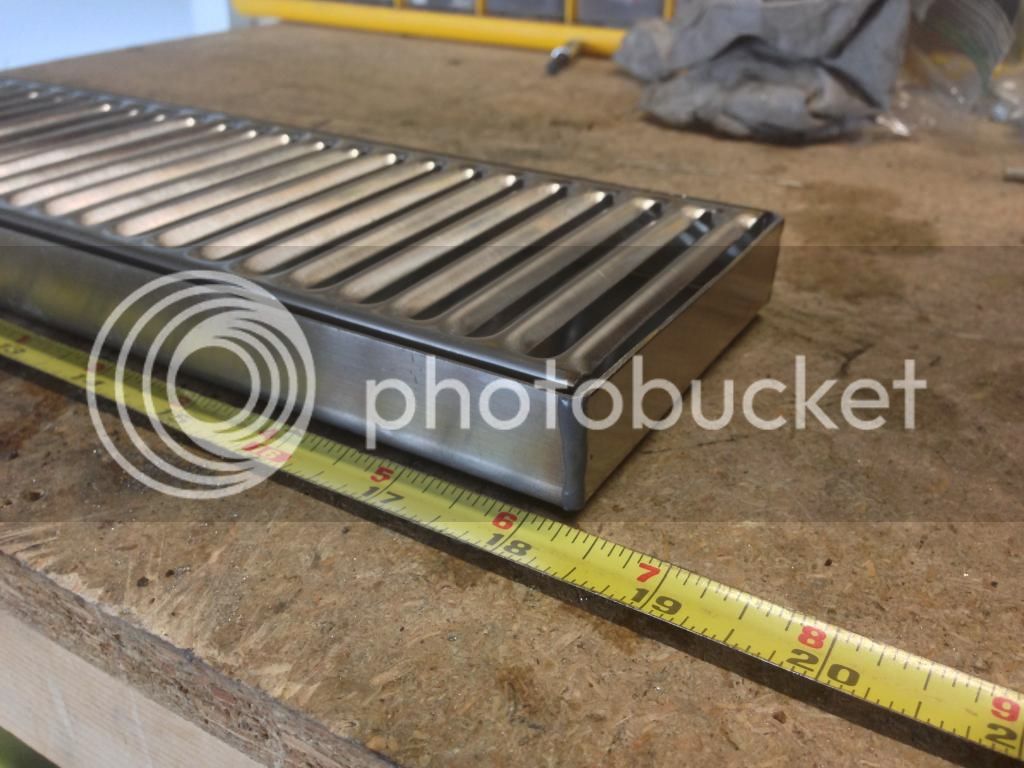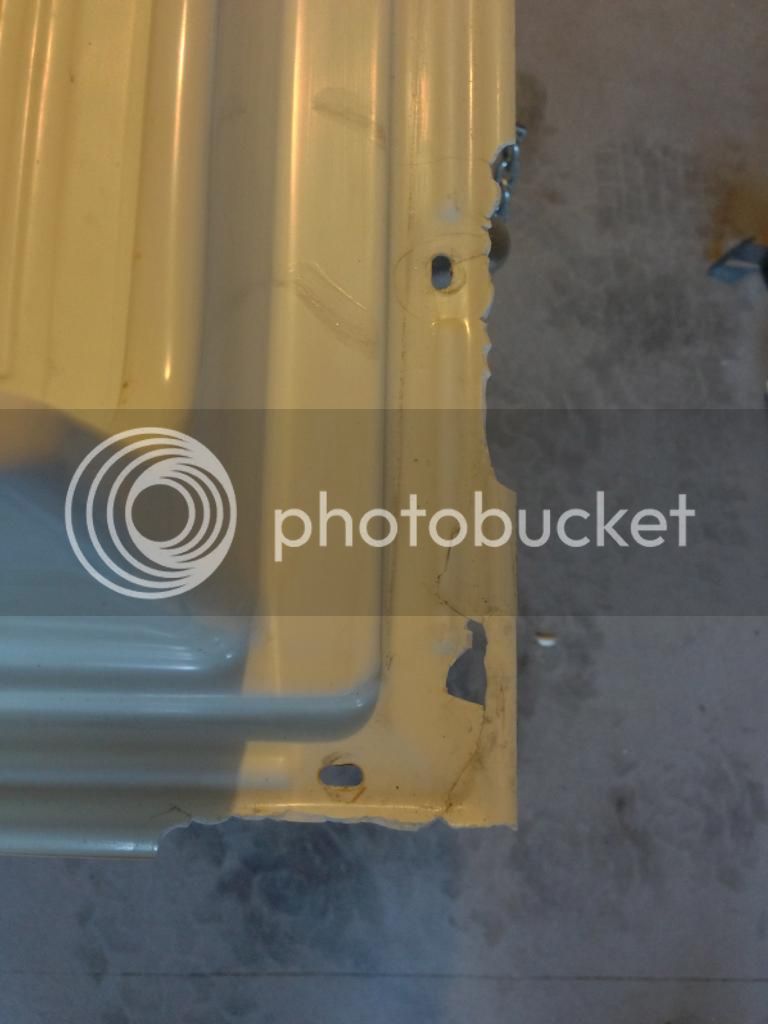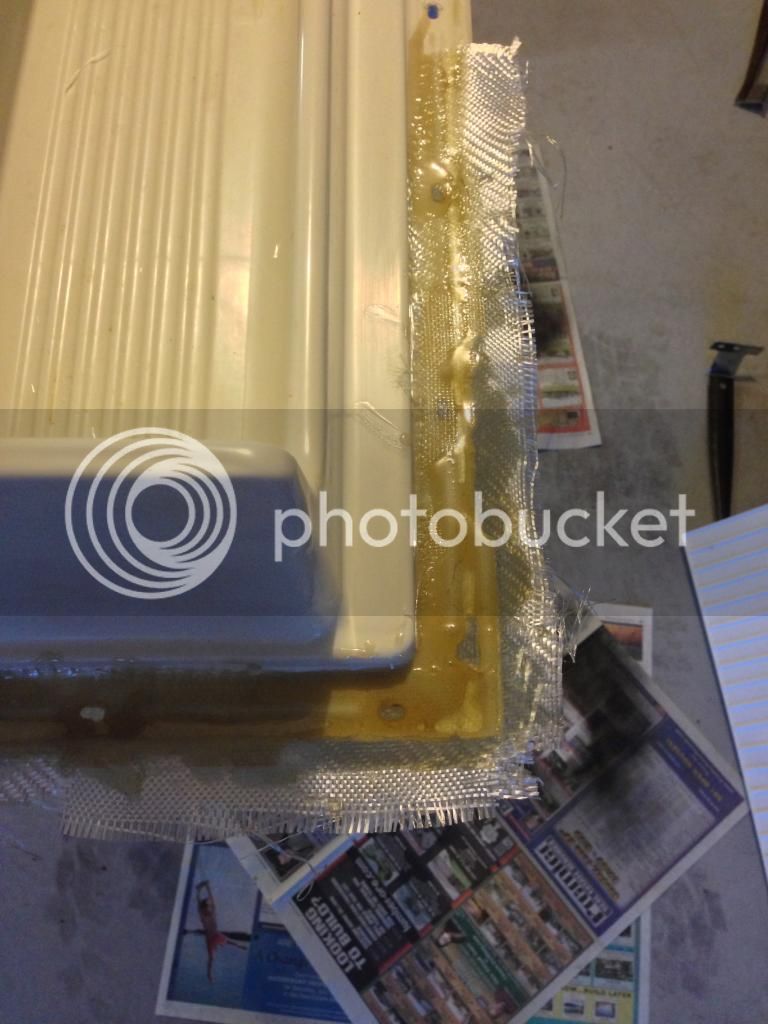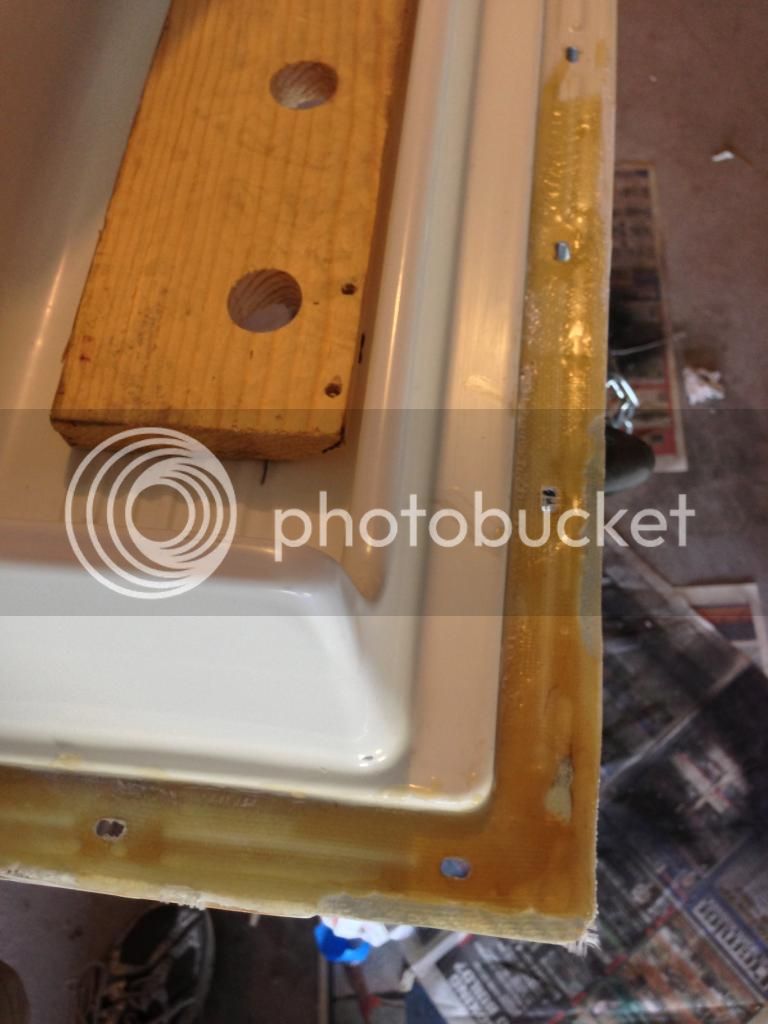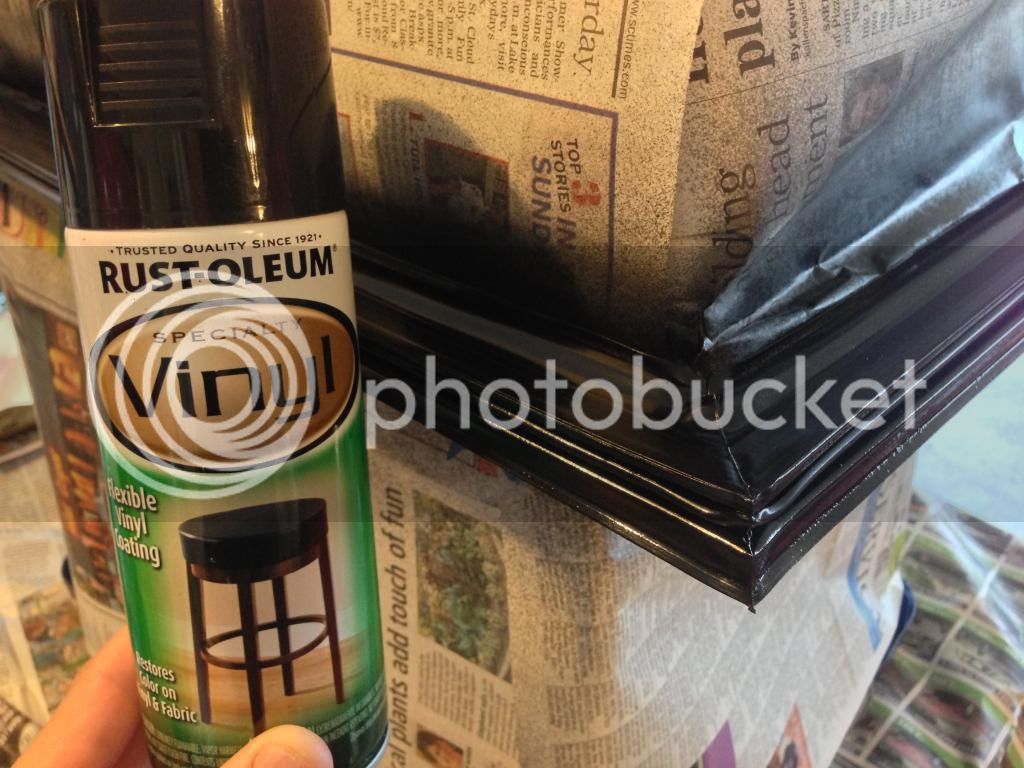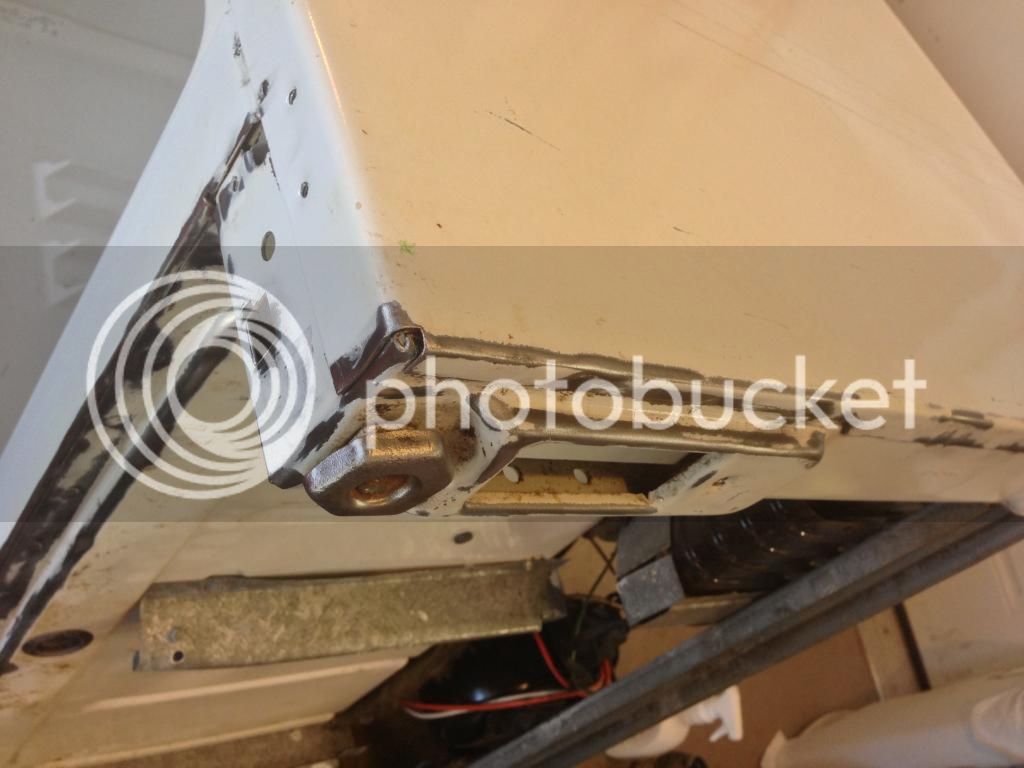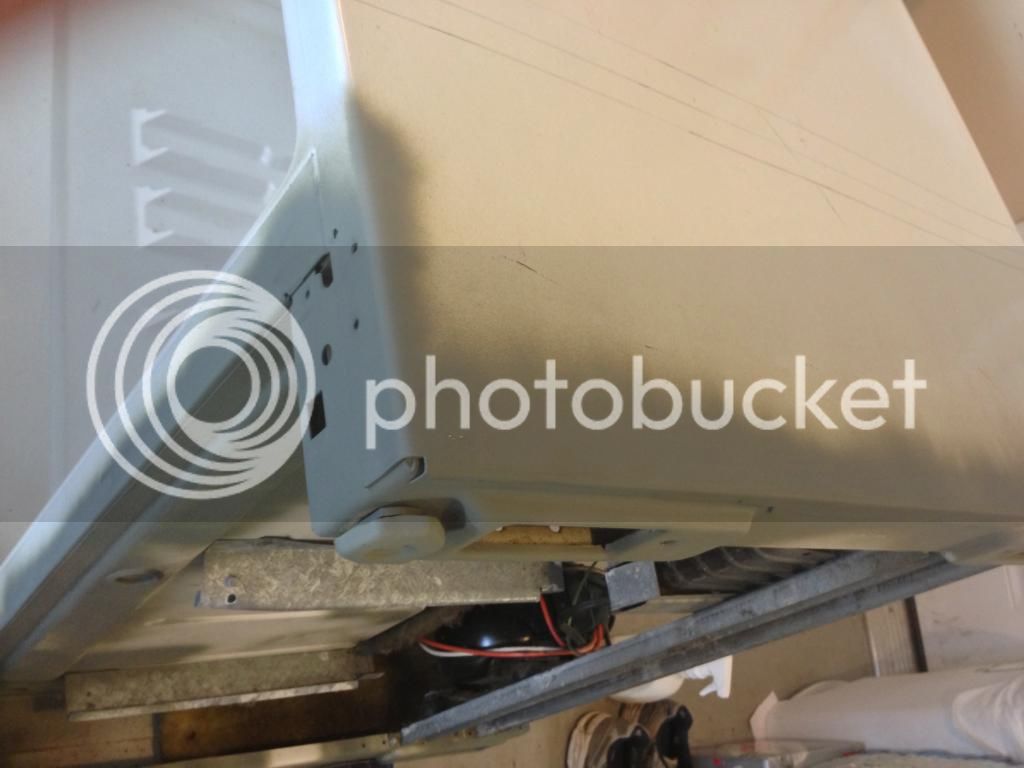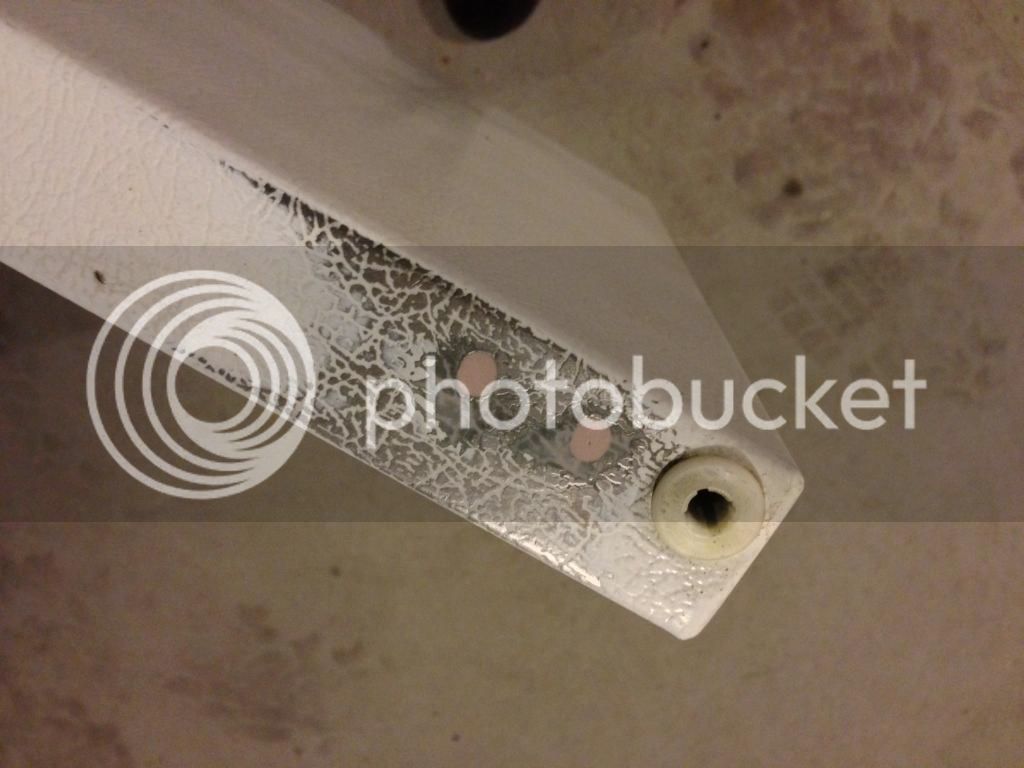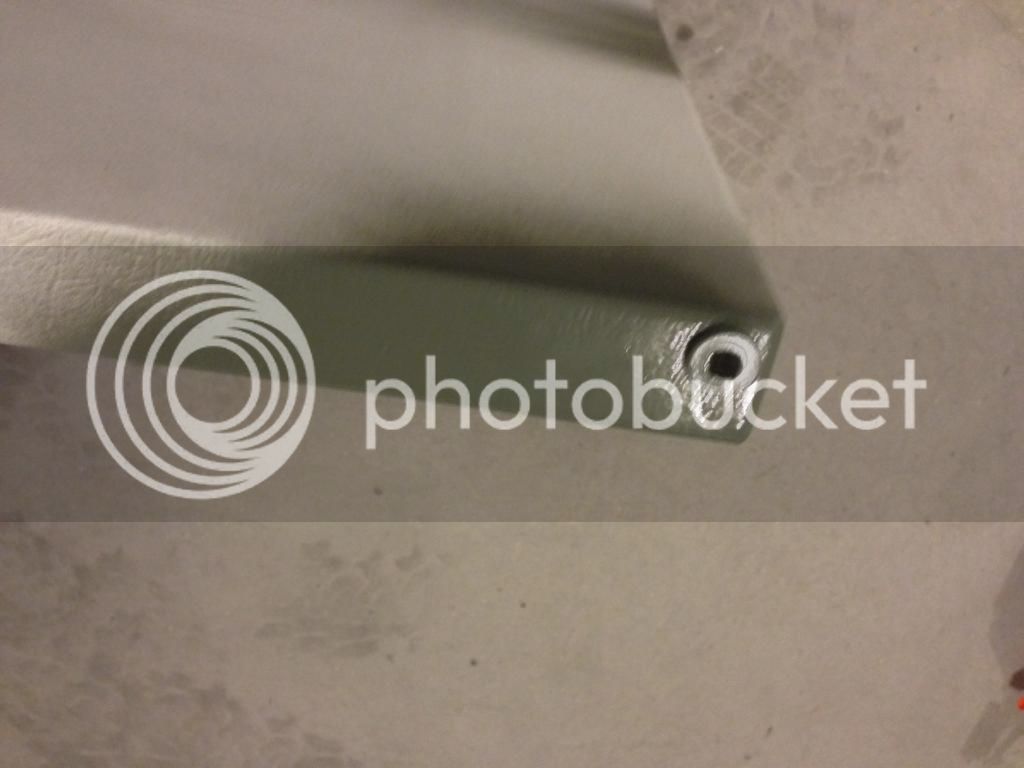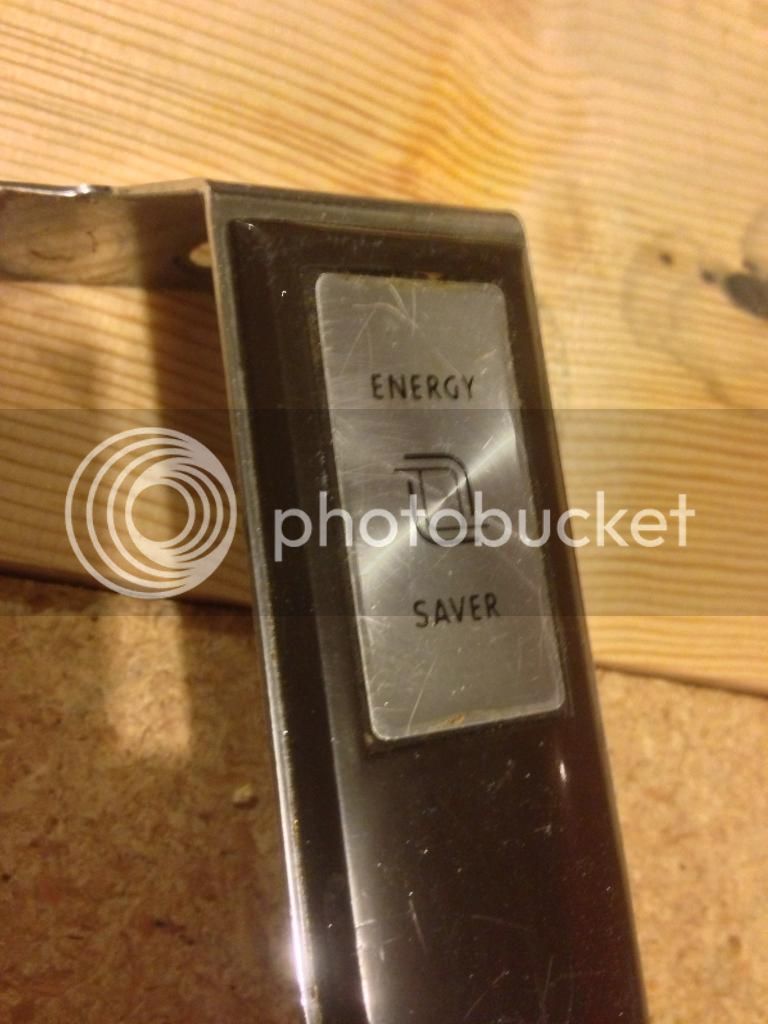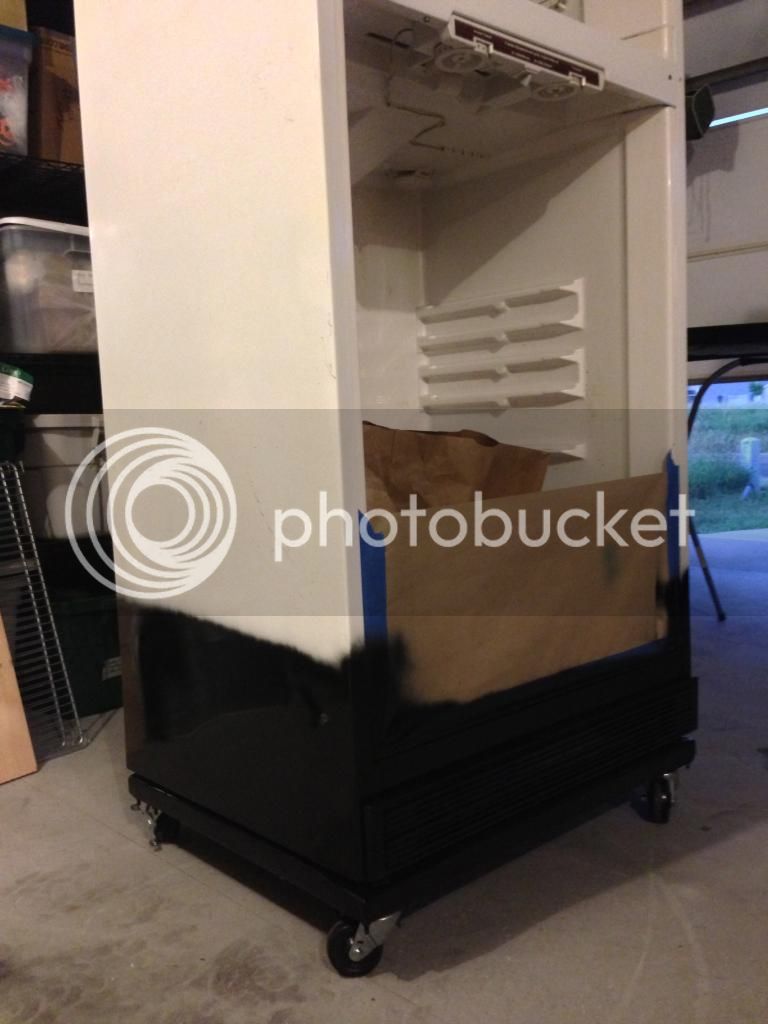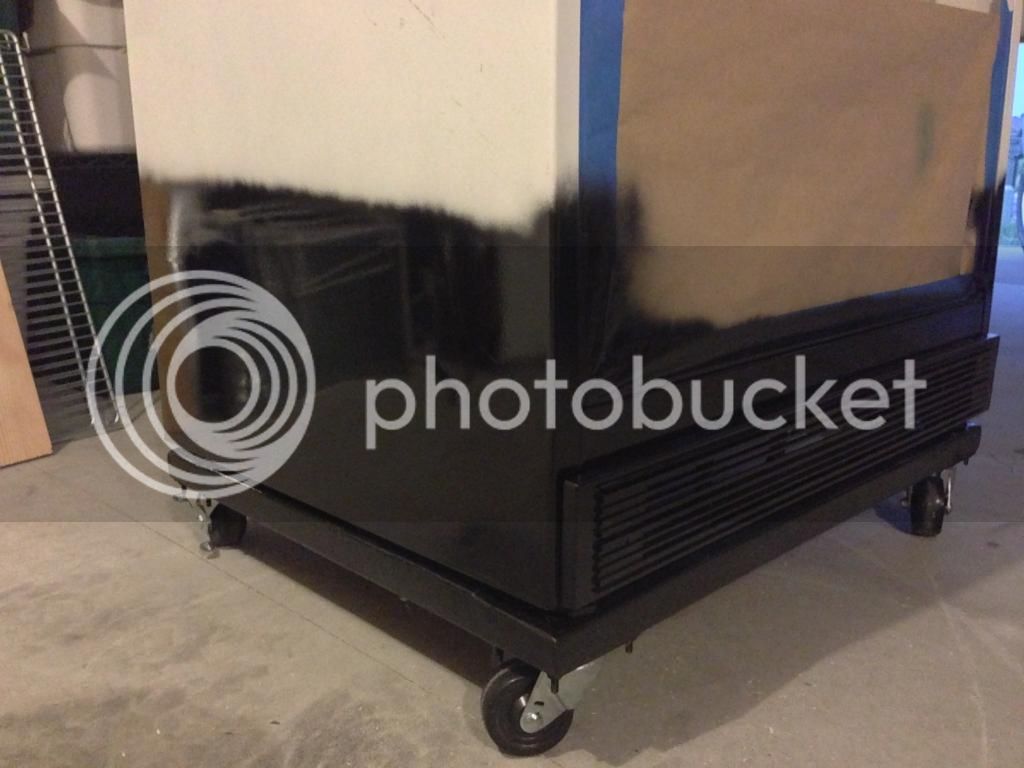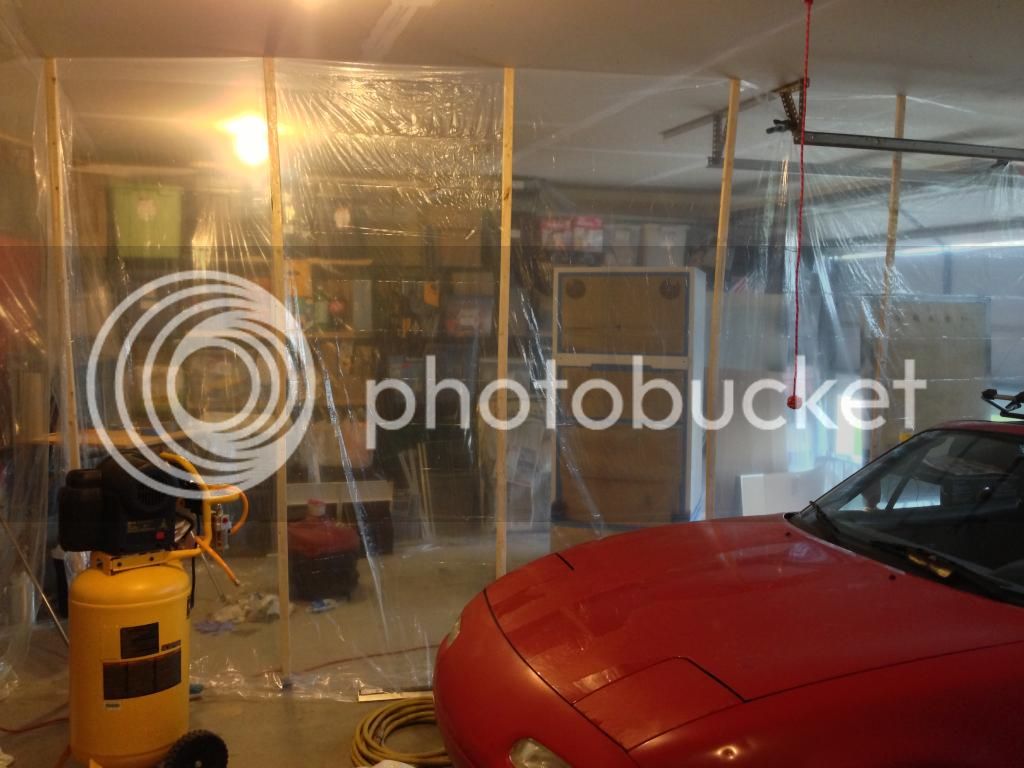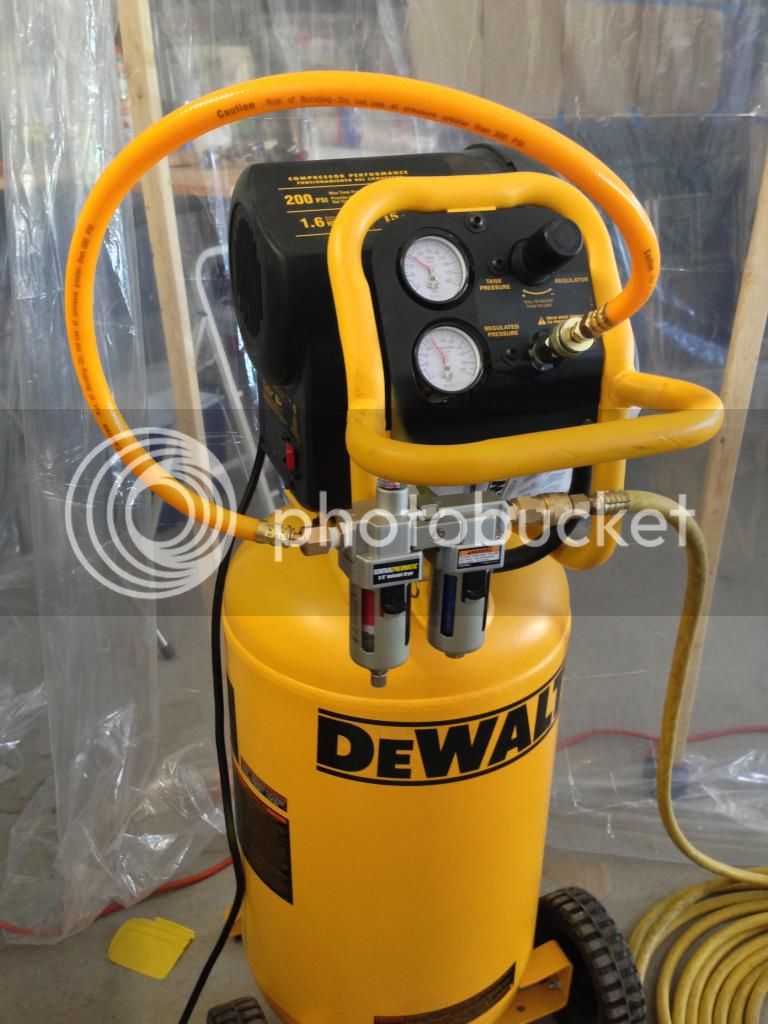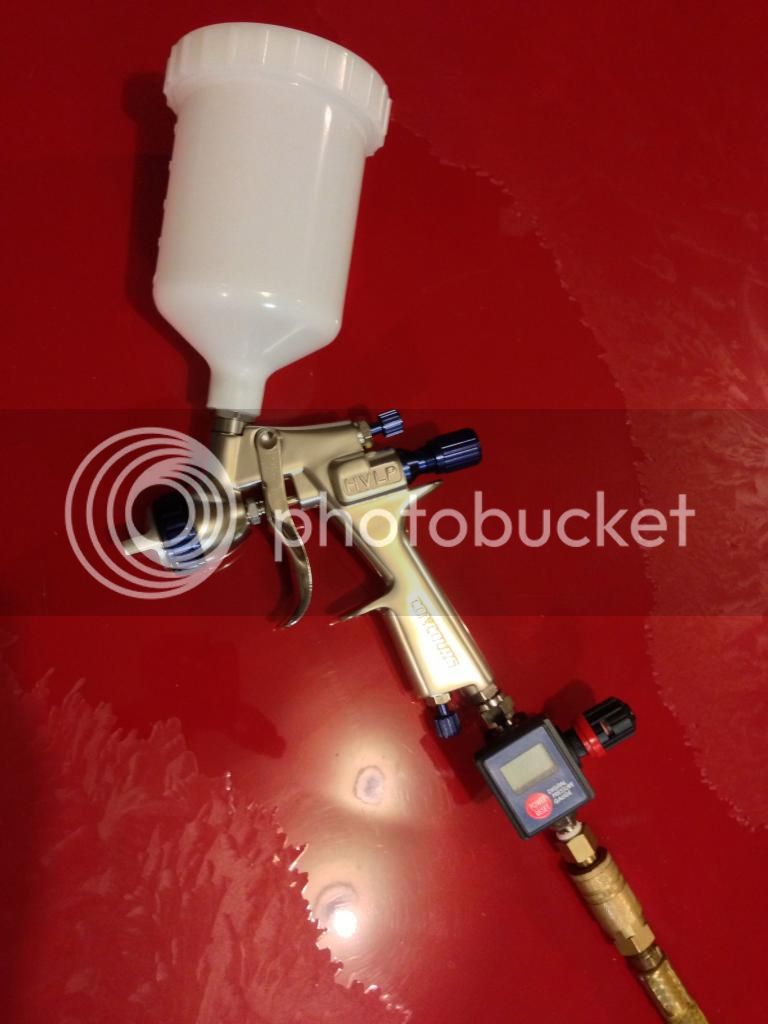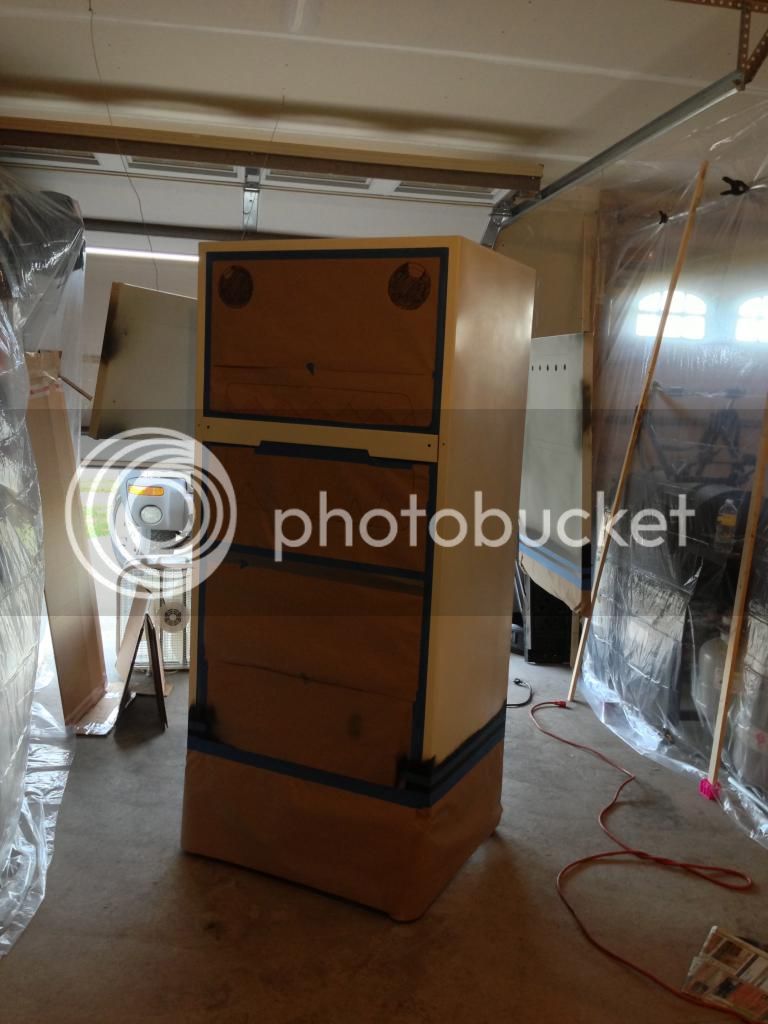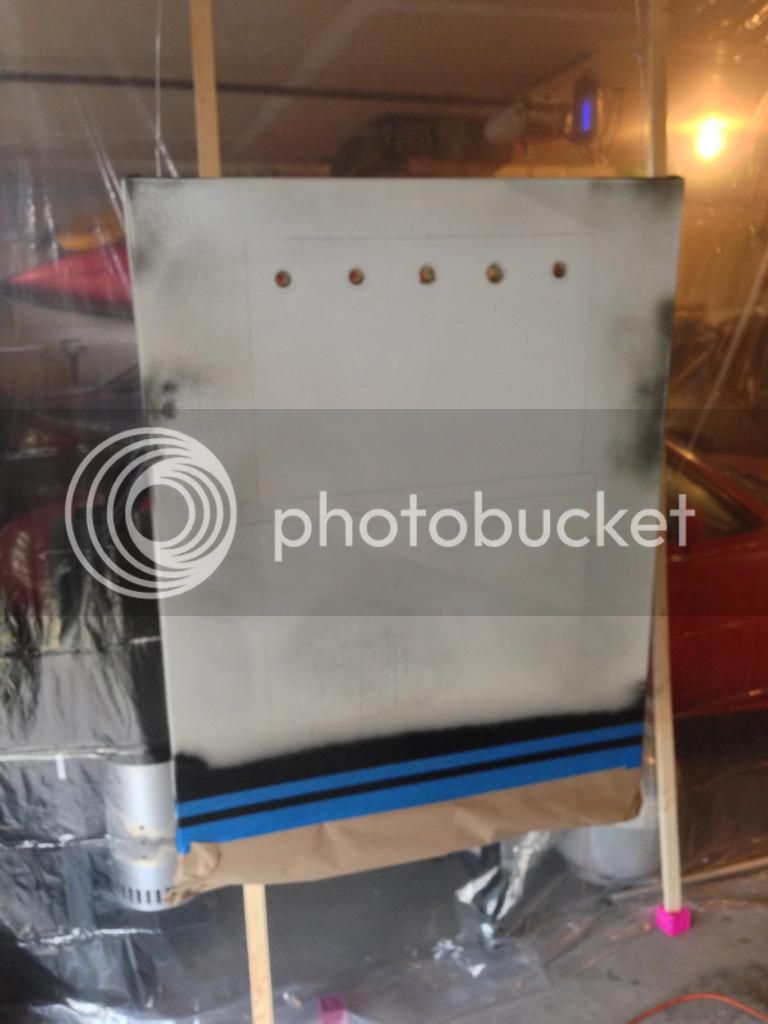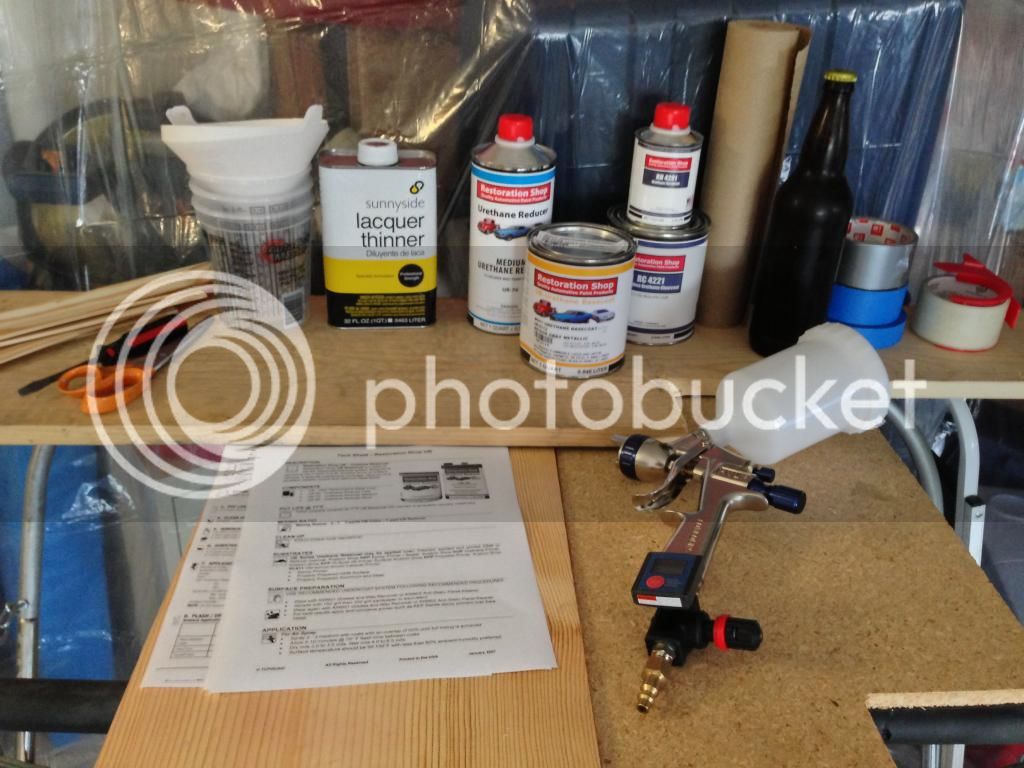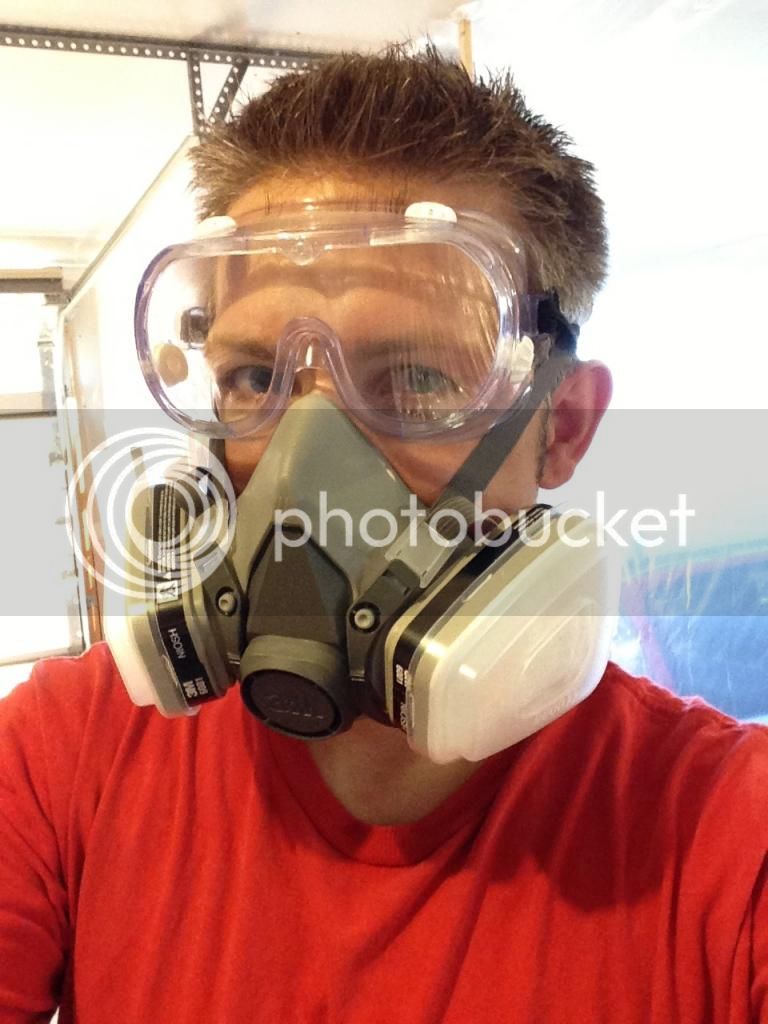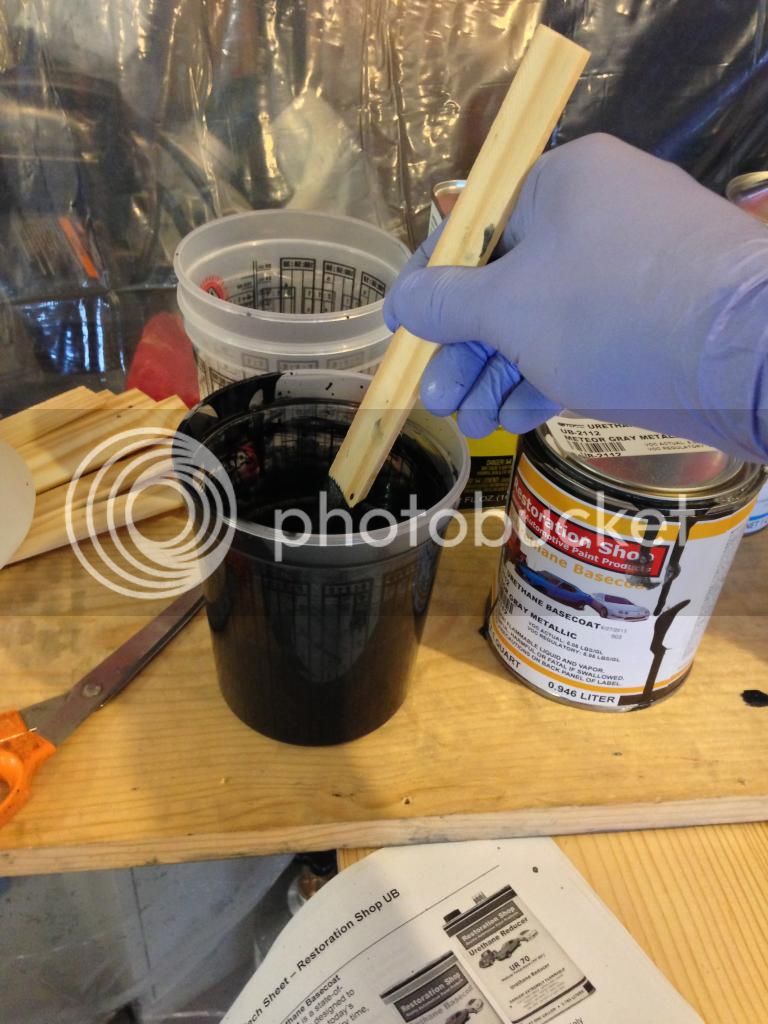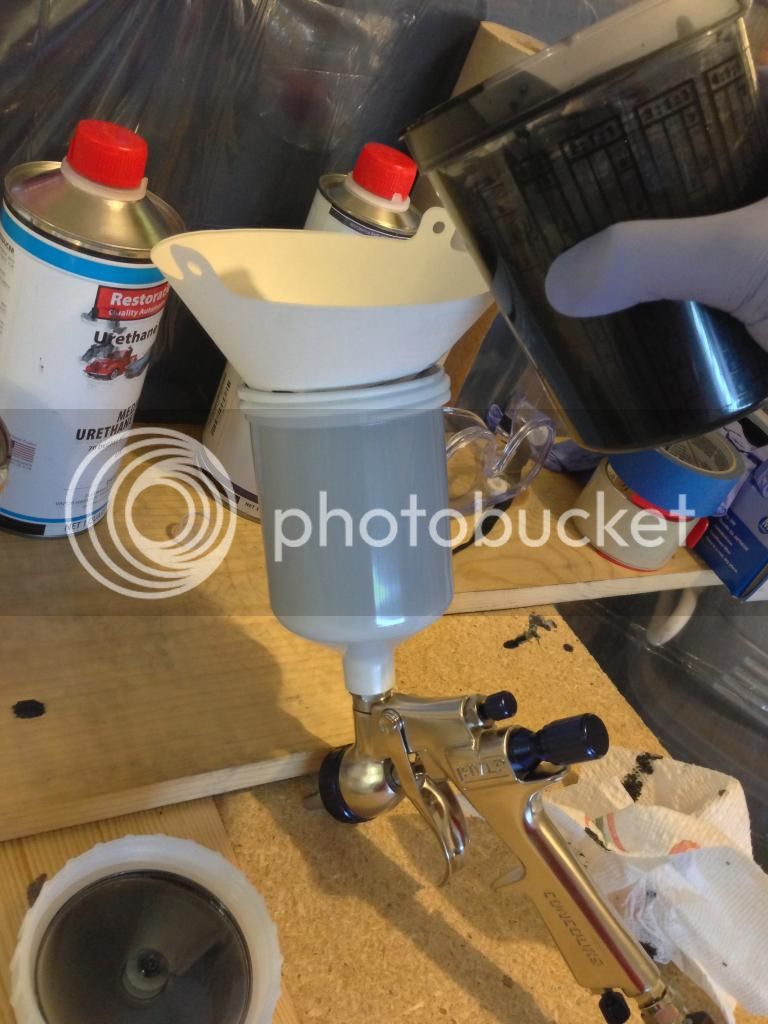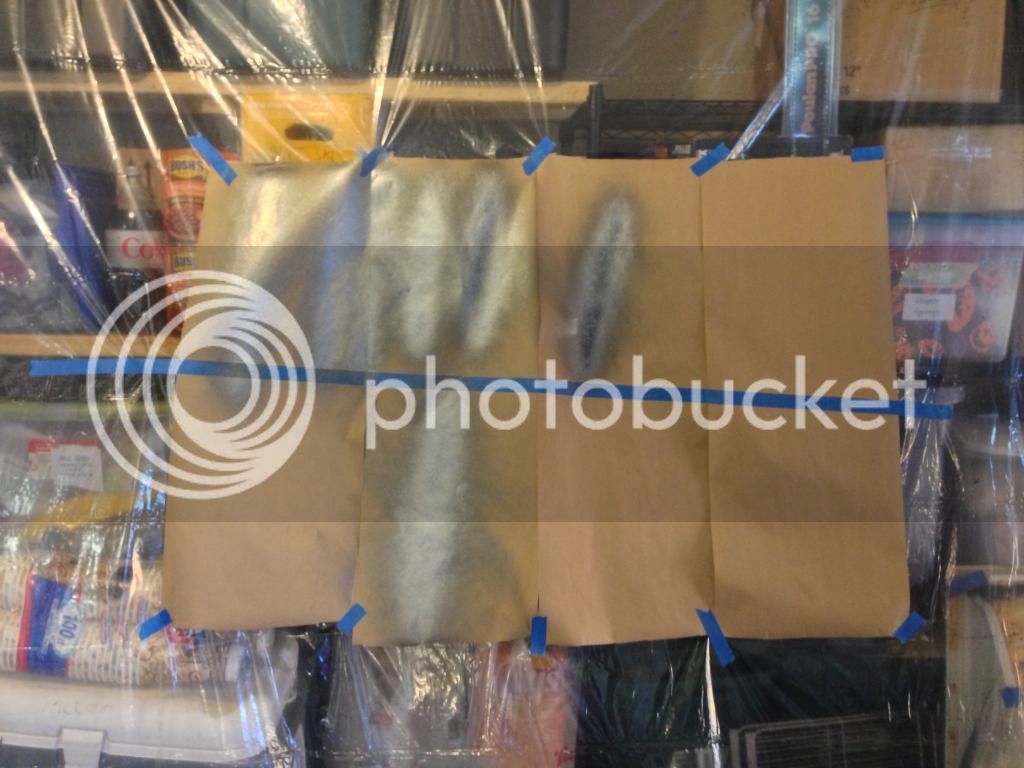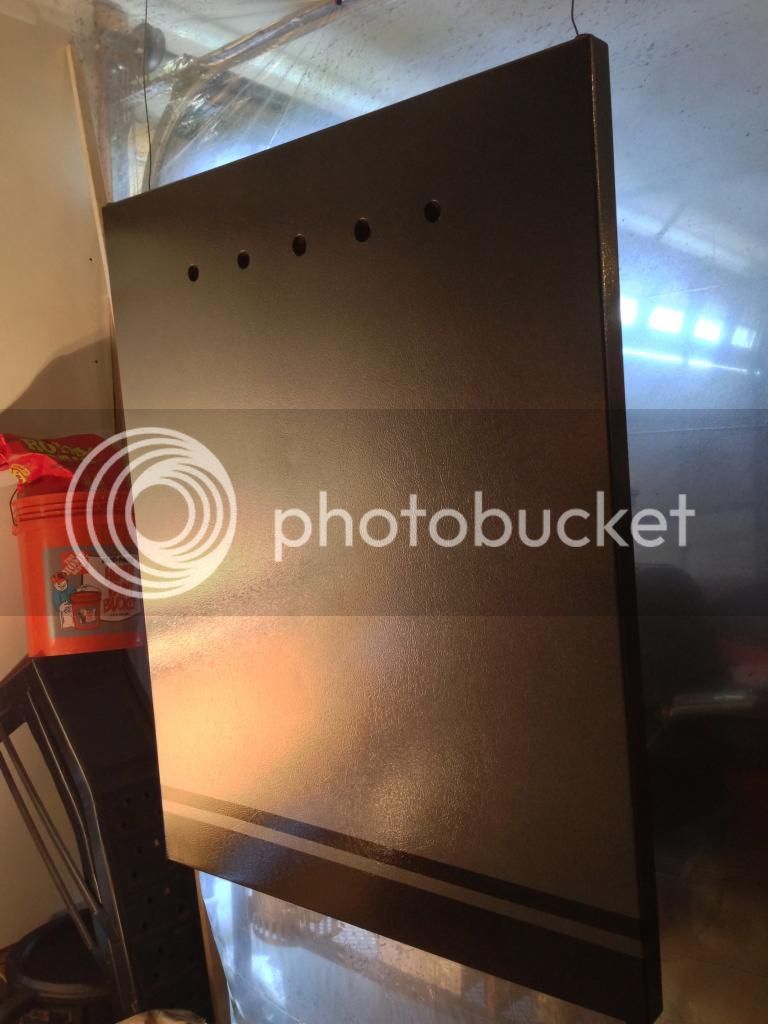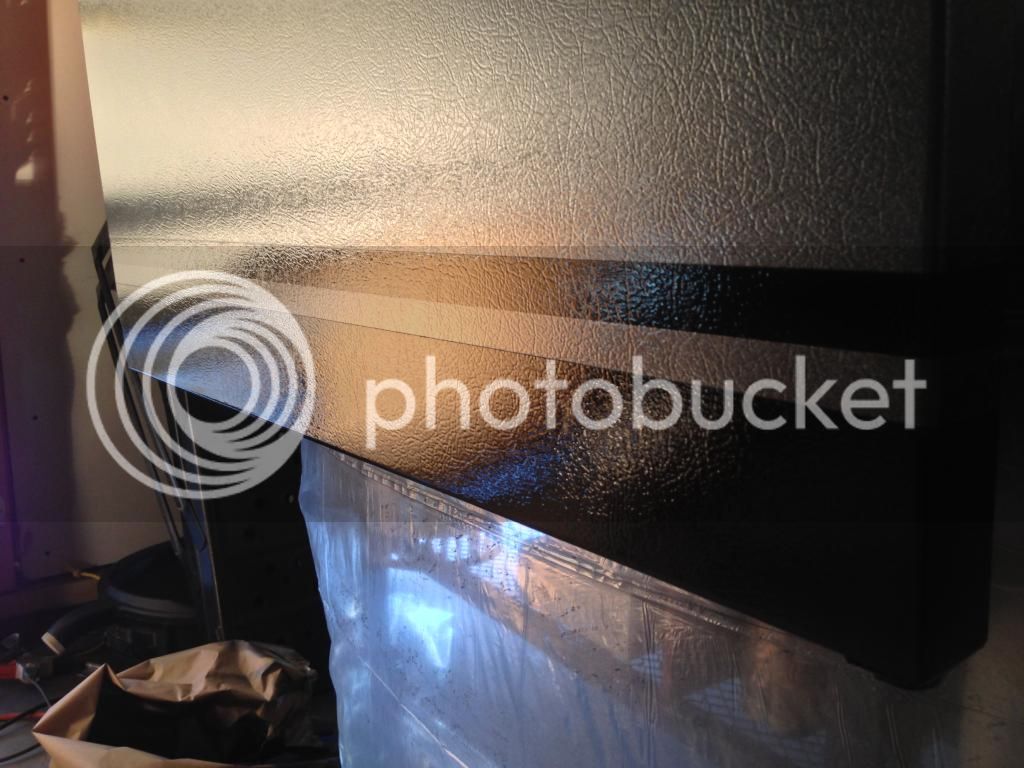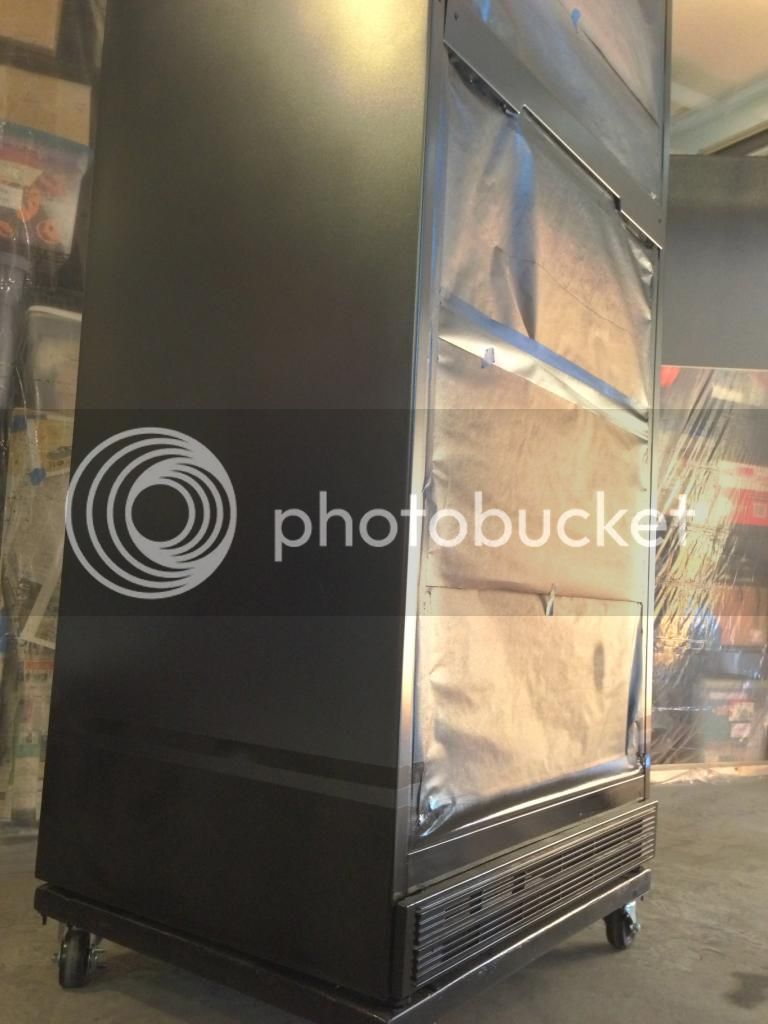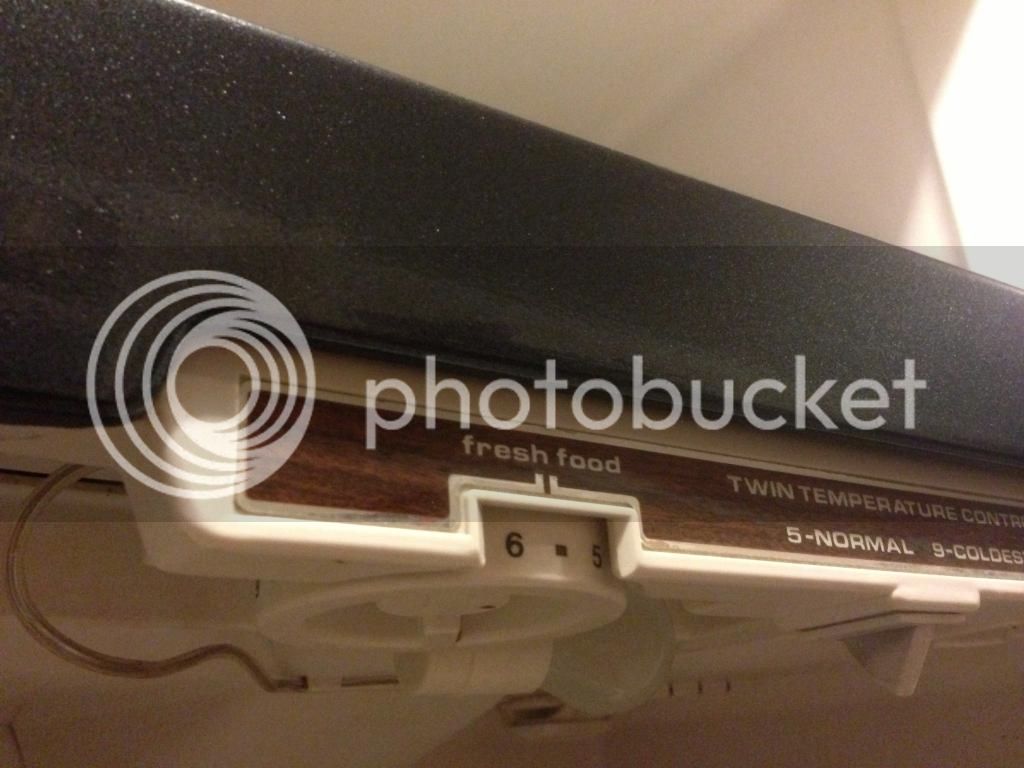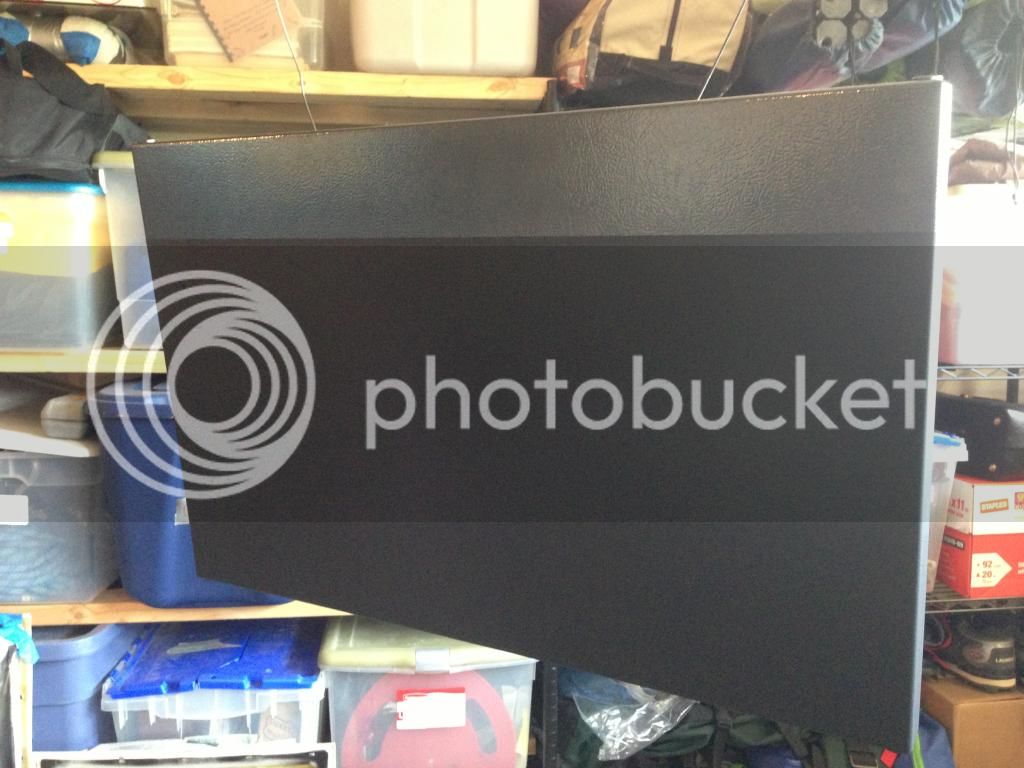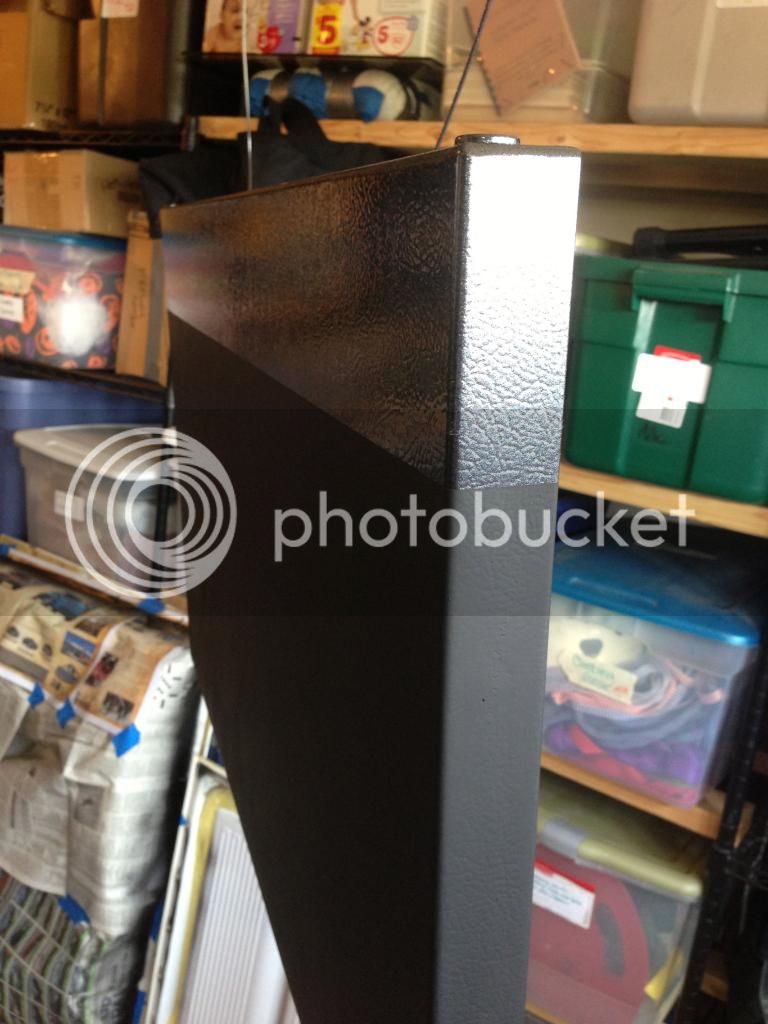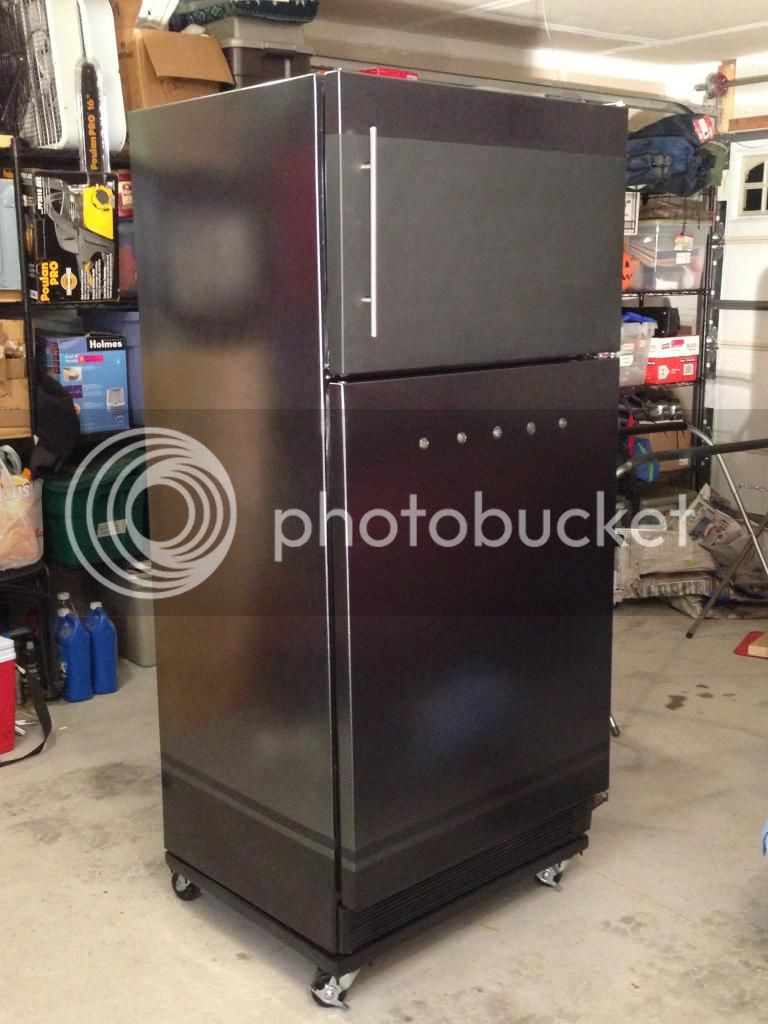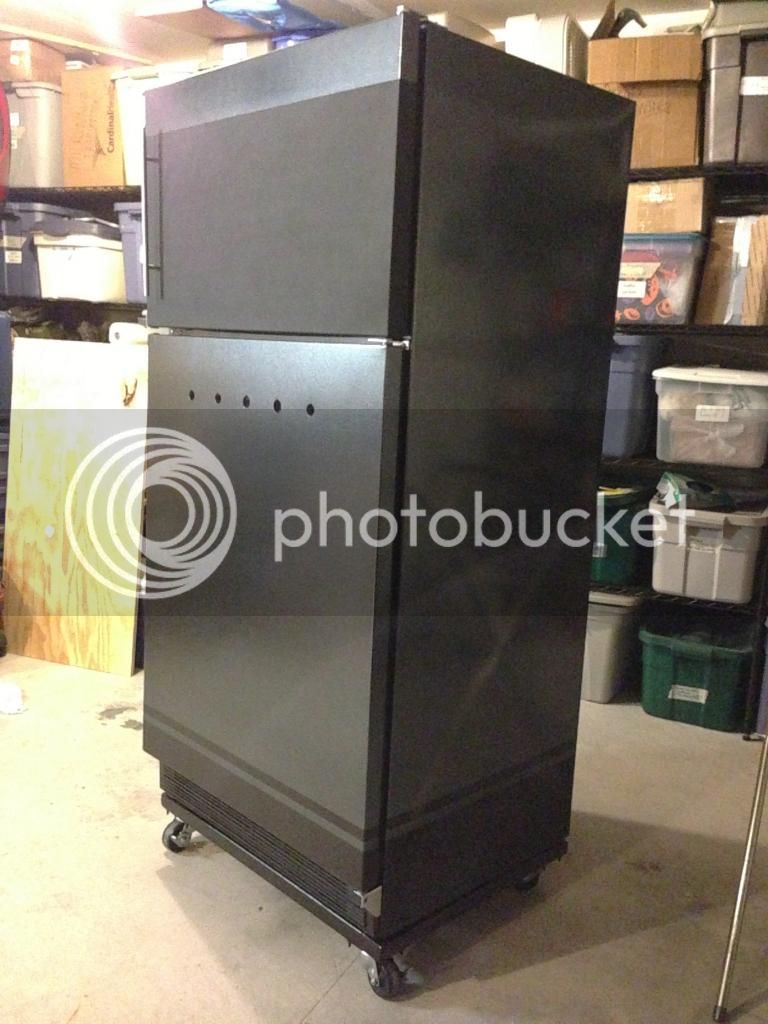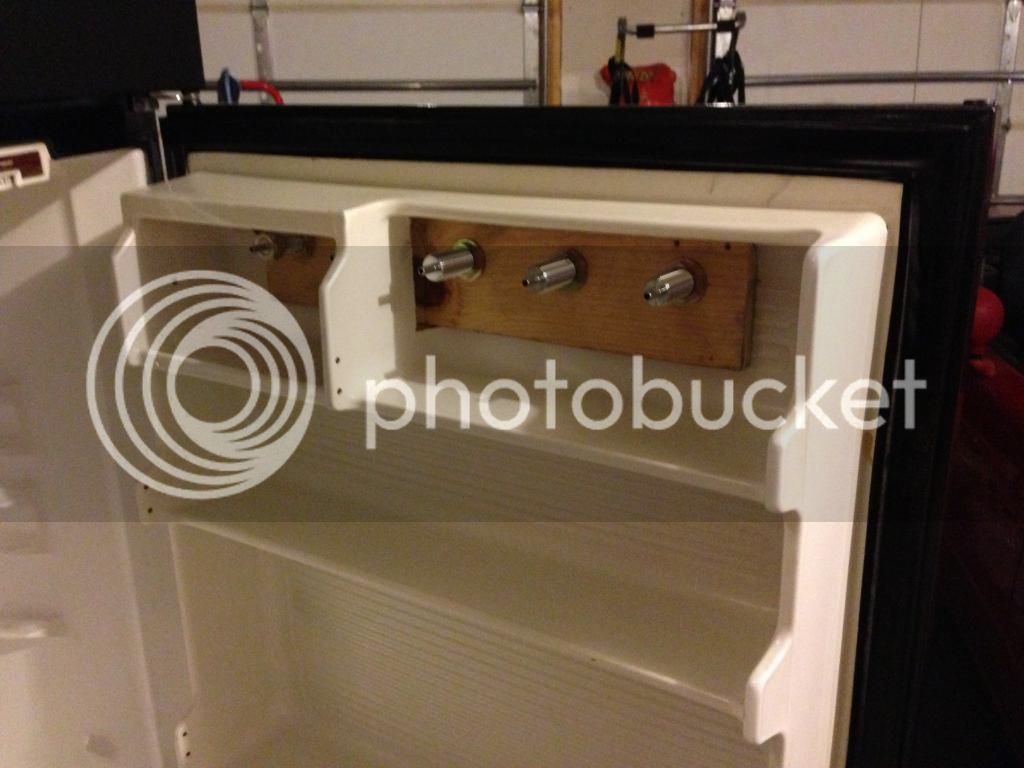Hi- longtime lurker, and have learned a tremendous amount from this forum, but this is my first post.
I've been brewing for about 2 years now, and at any given point in time have a couple hundred bottles stored in various states of conditioning, dirty, clean, soaking, or sanitary and waiting to be filled. It takes up an incredible amount of space. Not to mention the time required to fill/clean/maintain all those bottles which admittedly isn't all that fun. I've been doing batch cleanings ahead-of-time and baking bottles in the oven with foil to store sanitary for filling when needed. This works well, but I'm ready for a kegging system.
Too many bottles:
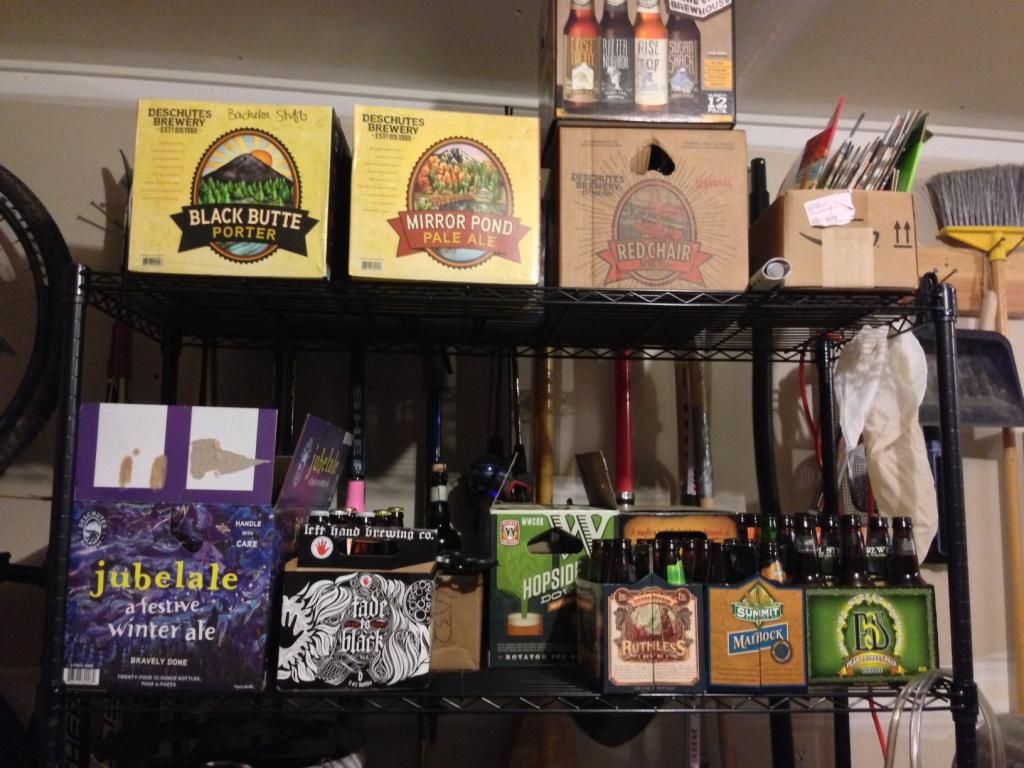
I've been brewing for about 2 years now, and at any given point in time have a couple hundred bottles stored in various states of conditioning, dirty, clean, soaking, or sanitary and waiting to be filled. It takes up an incredible amount of space. Not to mention the time required to fill/clean/maintain all those bottles which admittedly isn't all that fun. I've been doing batch cleanings ahead-of-time and baking bottles in the oven with foil to store sanitary for filling when needed. This works well, but I'm ready for a kegging system.
Too many bottles:



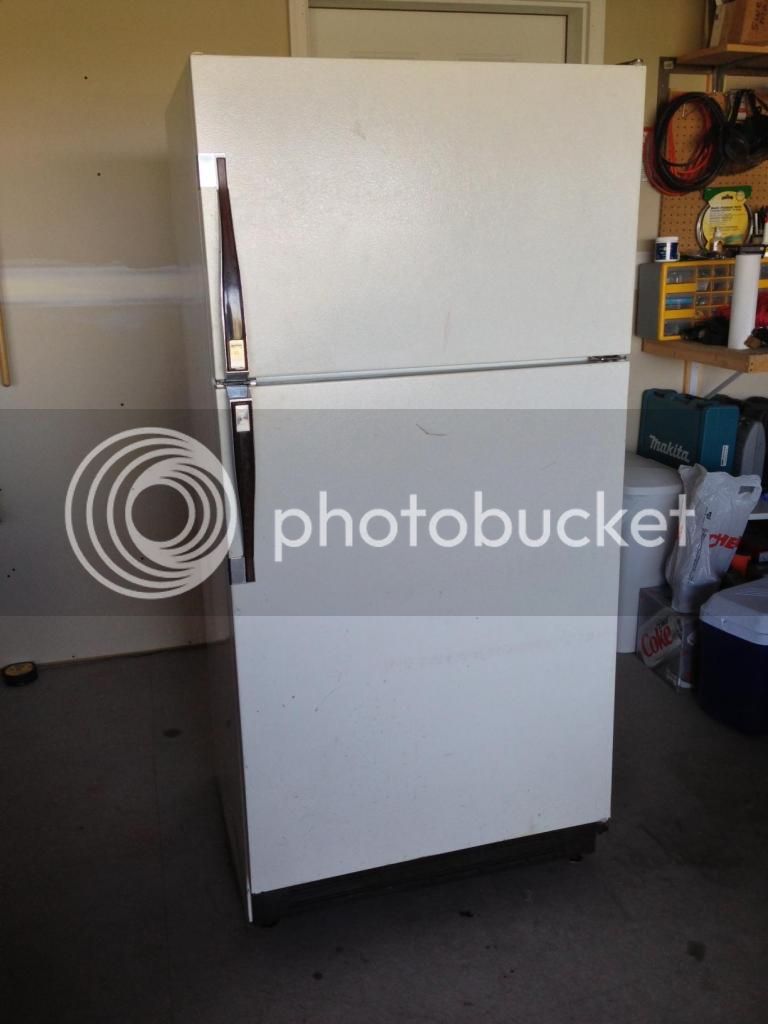
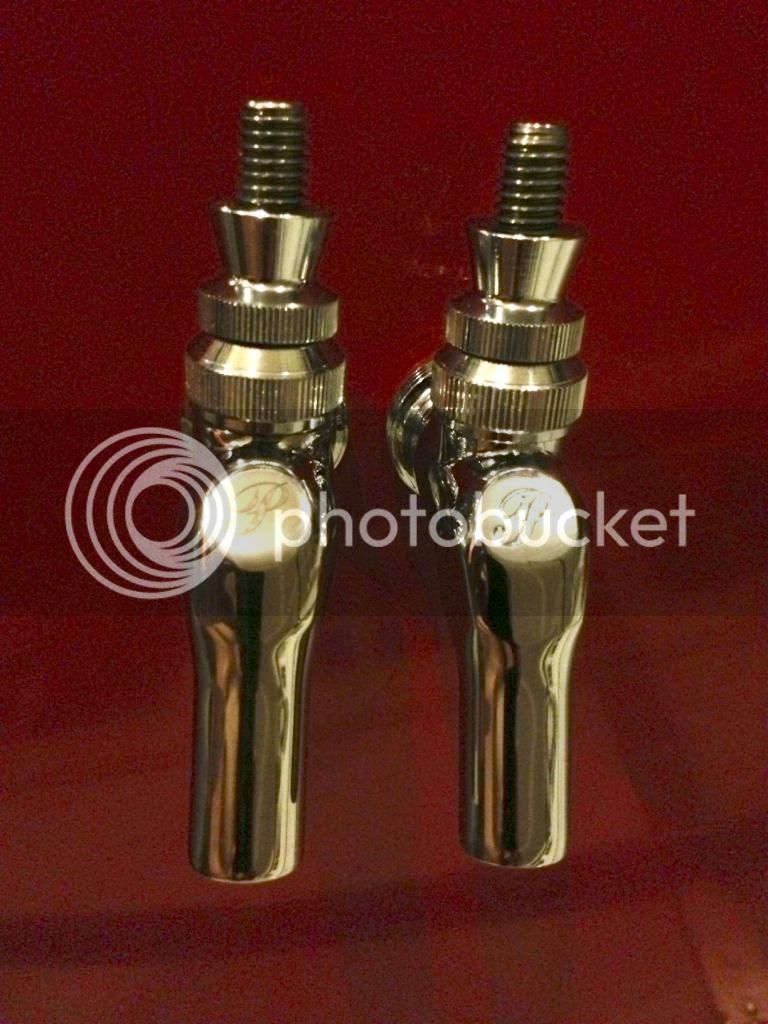
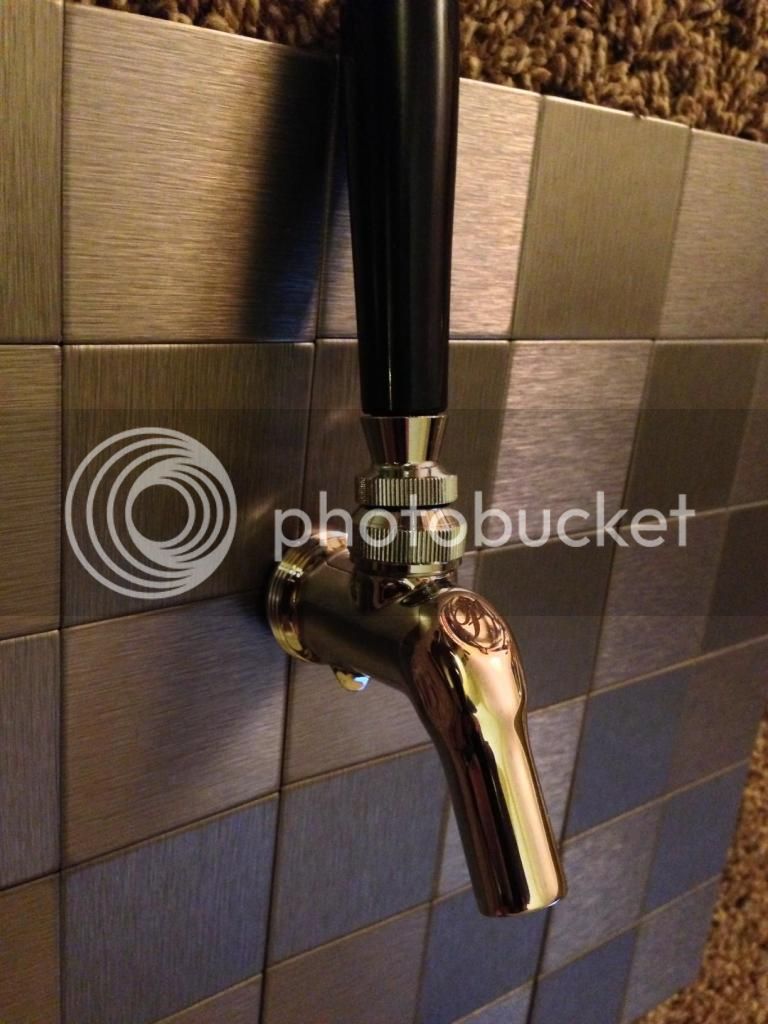

































![Craft A Brew - Safale S-04 Dry Yeast - Fermentis - English Ale Dry Yeast - For English and American Ales and Hard Apple Ciders - Ingredients for Home Brewing - Beer Making Supplies - [1 Pack]](https://m.media-amazon.com/images/I/41fVGNh6JfL._SL500_.jpg)






















